Coming to Russia today, one can see cultural heritages present everywhere, from the works serving daily life to the historical relics that have been classified. It is worth mentioning that the sediment of historical and cultural relics that have been preserved in a sustainable way has built up a cultural "empire" that anyone who has come here is "subdued" by the Russian cultural identity.
The experience of preserving cultural heritage in Russia spans centuries. Starting from the first decree of Peter the Great, the process of identifying and recording antiquities, including Russian national treasures, began. In each historical period, this process has its own characteristics, but its effectiveness always depends on the efforts of the state and society.
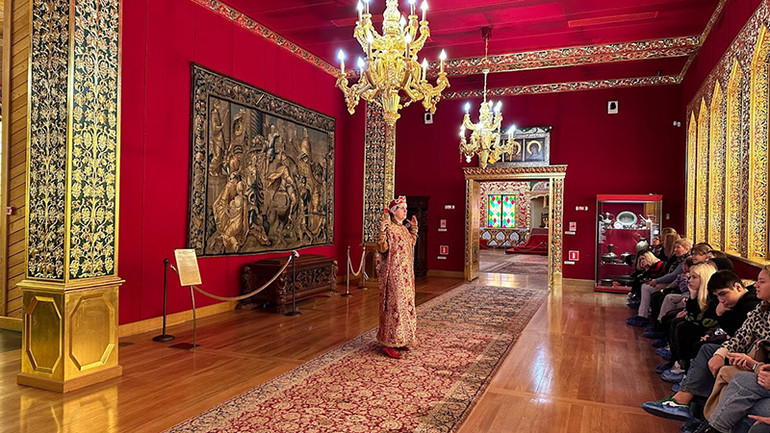 |
Students visit the Tsar's summer residence in Kolomenskya. (Photo: THUY VAN) |
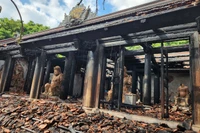
Building a mechanism to restore national treasures: Requirements from practice
According to Russian experts, the preservation of heritage depends on the effectiveness of legislation on the protection of monuments, on the form of ownership, as well as on the flexibility of the state's cultural policy, based on competent scientific forces. The political situation in the country and the level of social and cultural development also have a great influence on the preservation of cultural heritage. Subjective factors are also important: scientific interests, professionalism and personal characteristics of researchers, restorers and museum staff.
For Russia today, the preservation of the country's historical and cultural heritage is one of the important tasks of society and the state. The Constitution of the Russian Federation guarantees the right of every citizen to participate in cultural life, to use cultural institutions and to access cultural values. But at the same time, according to Part 3 of Article 44 of the Constitution of the Russian Federation, everyone is obliged to protect the historical and cultural heritage, to protect historical and cultural monuments.
Accordingly, the protection of historical and cultural relics is not only the responsibility of citizens but also the task of state agencies and local authorities.
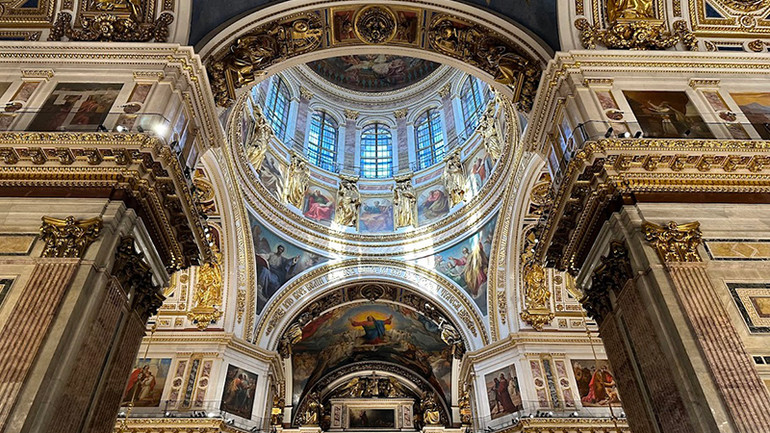 |
Isaac's Cathedral in Saint Petersburg contains countless Russian national treasures. (Photo: THUY VAN) |
In the vision of preserving the cultural heritage of the city of St. Petersburg, one of the cradles of Russian culture, it was stated: "The loss of cultural values is irreparable and irreversible. Any loss of historical and cultural heritage will inevitably affect all spheres of life of present and future generations, leading to spiritual poverty, a rupture of historical memory and the impoverishment of the whole society. They cannot be compensated by the development of modern culture or by the creation of new meaningful works. The accumulation and preservation of cultural values is the basis for the development of civilization".
It is this foundation of thinking that, through many generations, has made the preservation of Russian cultural and historical heritages and relics a “natural instinct” in society. In addition, the social knowledge foundation also plays an important role. Babies from the cradle are often taken to museums by their parents, due to the Russian habit of loving to learn and research. Groups of students from young to old coming to visit and study are a familiar image that can be seen in all museums.
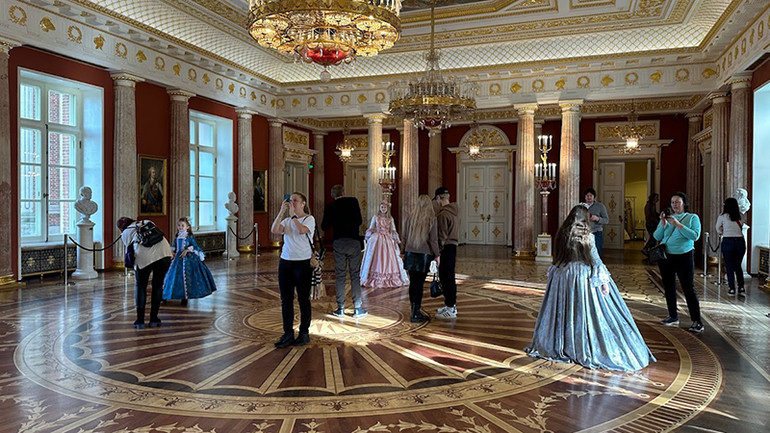 |
Ekaterina Palace in Moscow allows visitors to experience real space with professional services. (Photo: THUY VAN) |
Not only that, the work of ensuring security for national relics and treasures is always taken seriously. The law stipulates even specific details. For example, in the Amber Room at the Autumn Palace in Saint Petersburg, security control, visitor flow and photography restrictions are also among the measures to ensure the safety of treasures. Or in museum areas with many rare artifacts in Moscow, exhibition rooms, displays and other facilities are all monitored by video .
To ensure safety, the Museum's security forces (guards) have the right to monitor visitors and their hand luggage both by visual means and by means of metal detectors and other special devices and equipment. The working procedures and responsibilities of the Museum staff in ensuring the safety and culture of service to visitors are determined by the current legislation of the Russian Federation and the local laws of the Museum.
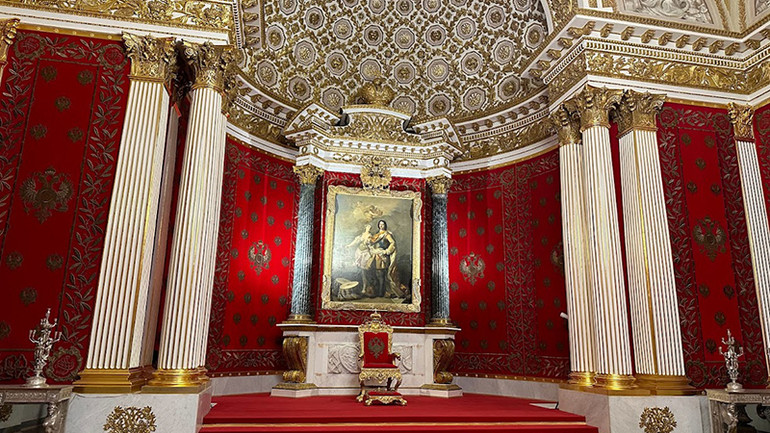 |
The Tsar's throne in the Hernitage. (Photo: THUY VAN) |
Accordingly, the system of legal regulations on heritage conservation aims to minimize the vulnerability of relics or treasures through professional operation and maintenance, eliminating defects that weaken the structure; prohibiting the use of inappropriate and harmful materials in restoration, conservation and repair; video surveillance, control centers; building systematic fire prevention and fighting measures; purchasing insurance against risks of loss, destruction, damage or theft of cultural heritage...
It can be said that the work of heritage conservation in Russia shows that they are always one step ahead. The regulations of the Ministry of Culture of the Russian Federation on heritage conservation also specify the material duration of each treasure, thereby museums are responsible for periodic maintenance and upkeep. We were very surprised to learn that a chemist was on the payroll at the Hermitage Museum. There is a whole department here specializing in the restoration and maintenance of antiquities, and the treatment and conservation of antiquities must be carried out according to scientific procedures, from material analysis to fine art restoration, each stage must be undertaken by experts in each related field.
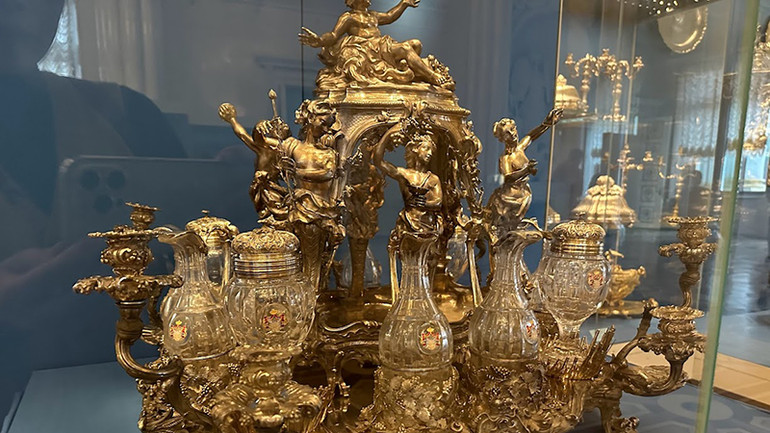 |
Antiquities on display in the Hermitage. (Photo: THUY VAN) |
Today, many historical monuments in Russia, in addition to traditional methods of preserving cultural heritage, new methods with the help of high technology for recording and restoring monuments have appeared. Many conservation projects are digitized and use cloud storage - converting artifacts into digital format for easy access and preservation. We have also seen 3D models that are exact digital copies of historical artifacts in some museums.
According to museum experts, the most effective technologies are photogrammetry and laser scanning. These methods, used independently or in combination, ensure high authenticity and detail. In addition, methods using artificial intelligence analyze and recreate the historical appearance of monuments; virtual reality and augmented reality (VR/AR), create interactive models that allow visiting attractions from a distance. For example, in the panoramic museum “Battle of Borodino” gives visitors the opportunity to immerse themselves in the historical context.
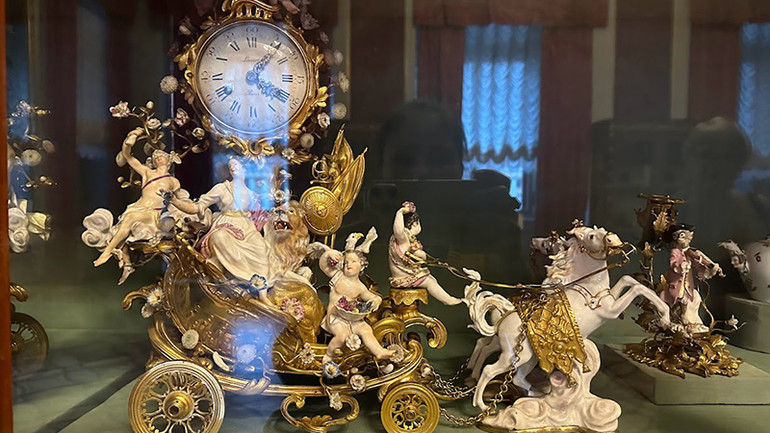 |
The artifacts are protected in glass cases with guaranteed temperature conditions. (Photo: THUY VAN) |
There are also many projects that have applied modern methods to preserve cultural heritage in Russia, such as the project of digitizing Christian monuments in the villages of Nizhny Novgorod; Digitizing ancient monuments of Dagestan: Kala-Koreysh village, Derbent Juma Mosque and Datun Temple. Creating a 3D model of the Kizhi Pogost complex, a UNESCO World Heritage Site. As a result, the wooden architectural monuments of Russia were photographed in high resolution with every detail. These are measures to preserve ancient artifacts in case of unforeseen destruction by unpredictable factors due to nature or human intervention.
The successful implementation of such projects proves that the achievements of modern science are becoming reliable assistants in protecting Russia's heritage.
 |
A corner of the church complex in the Kremlin. (Photo: THUY VAN) |
 |
The Ministry of Foreign Affairs' international reception room is actually part of the ancient buildings preserved under museum regulations. (Photo: THUY VAN) |
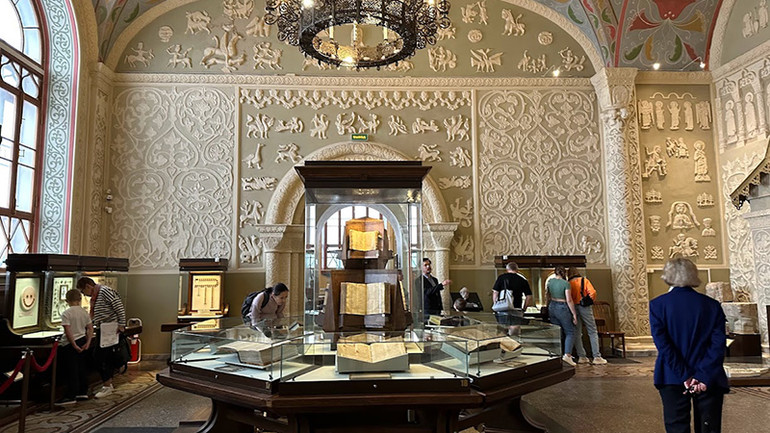 |
Exhibition room in the History Museum on Red Square. (Photo: THUY VAN) |
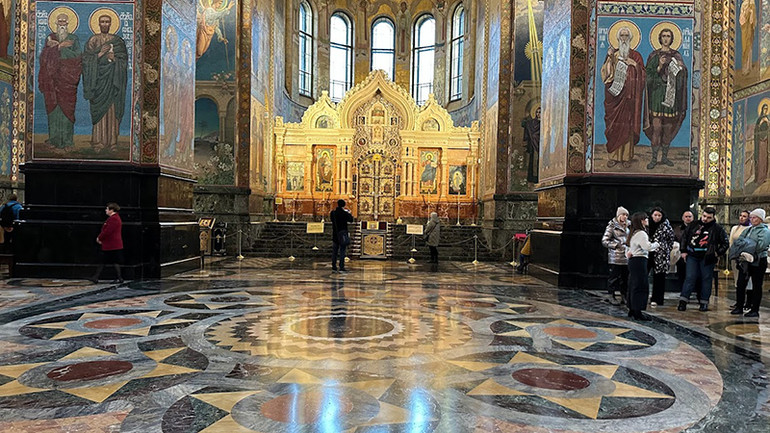 |
Cathedral of Christ the Savior in Saint Petersburg . (Photo: THUY VAN) |
Source: https://nhandan.vn/bao-ton-di-san-van-hoa-o-nga-post883688.html













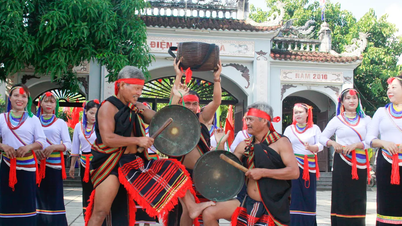








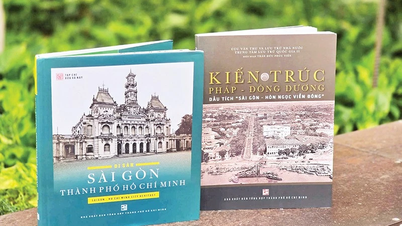

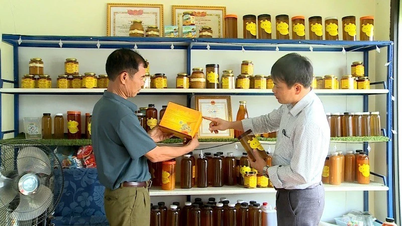
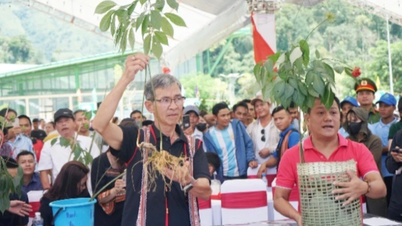
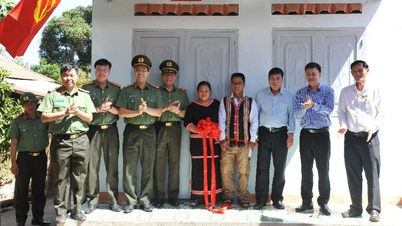

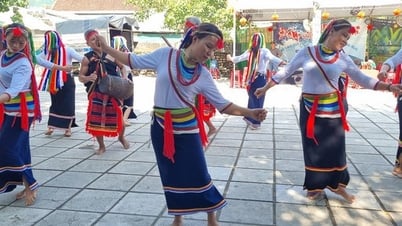

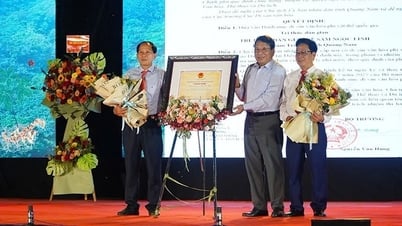


















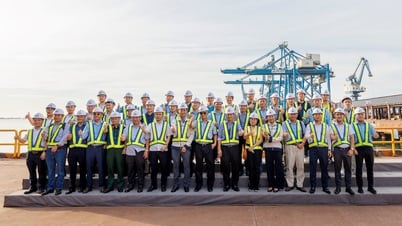










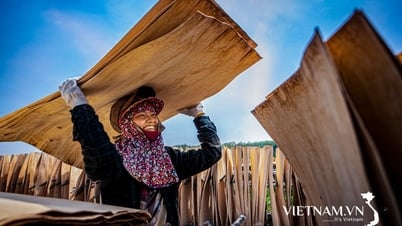




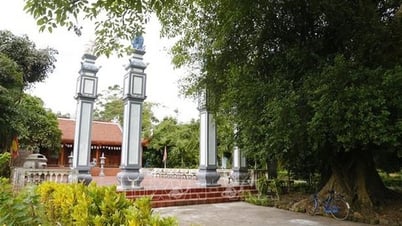

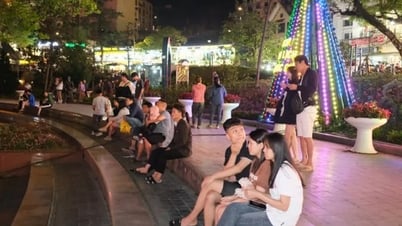










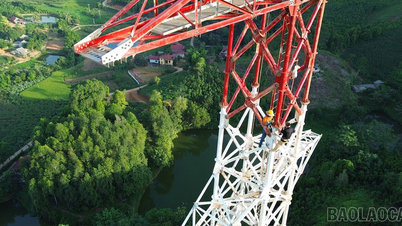

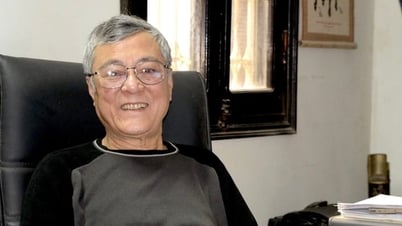









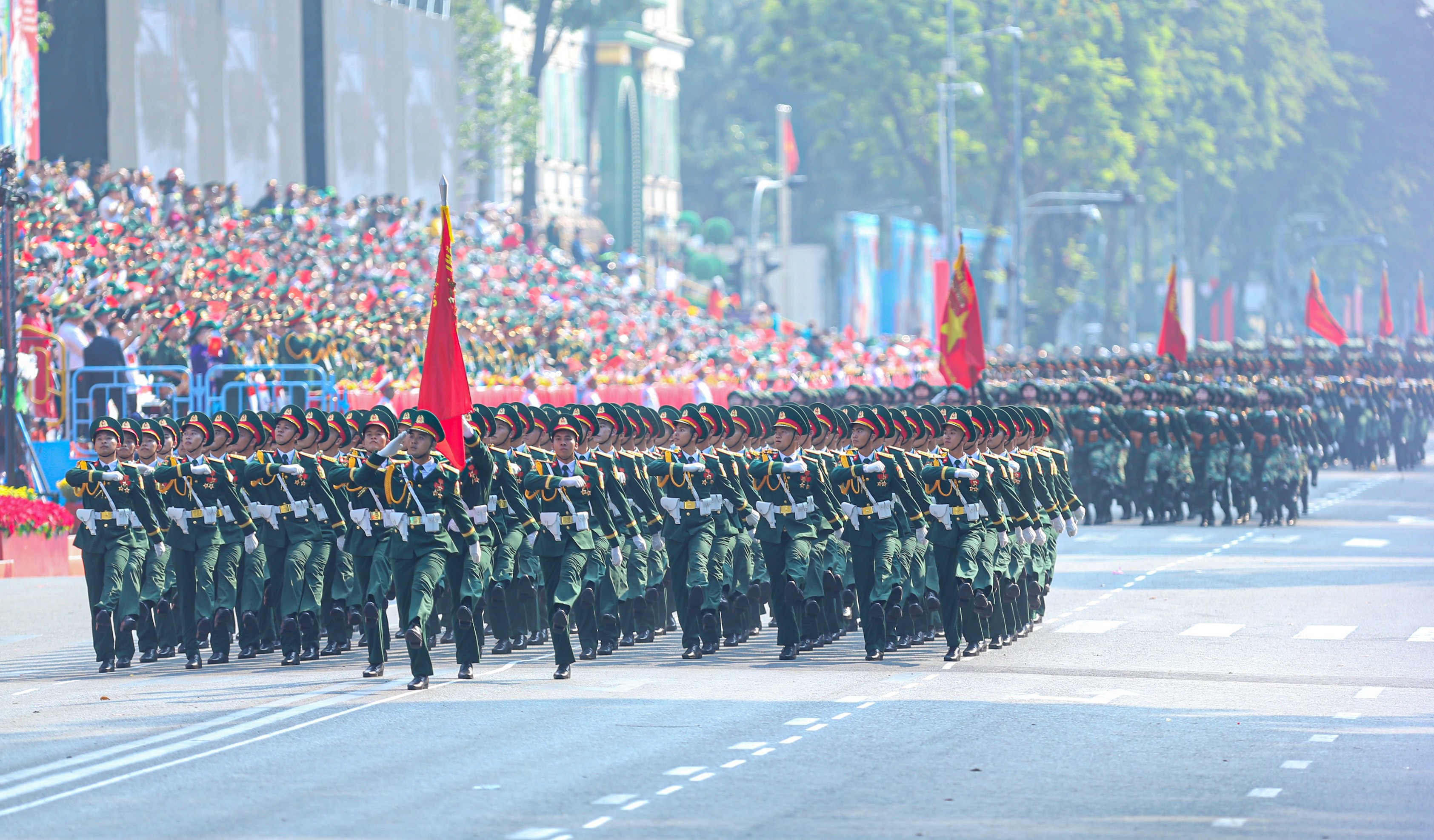



Comment (0)